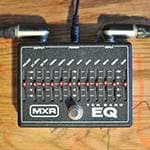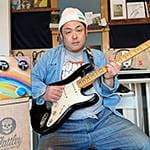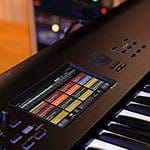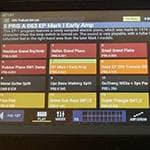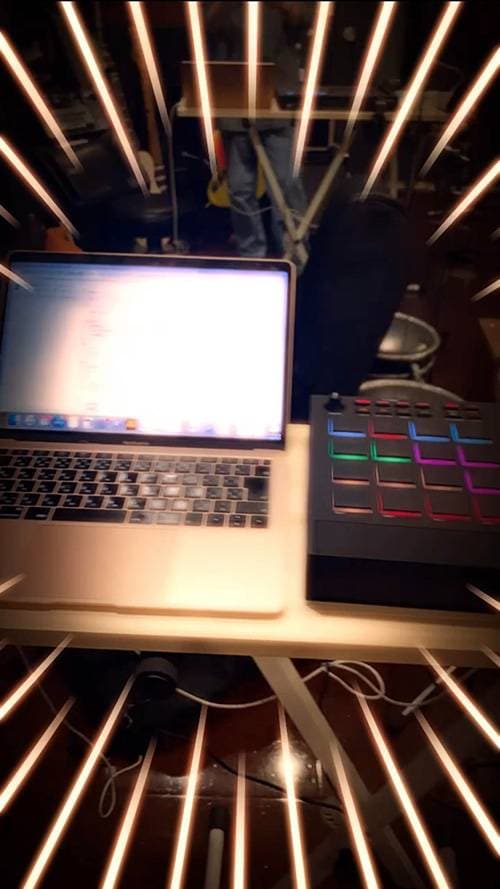
Hello!
This is Ito from Kyoto GROWLY’s production team!
I work every day to support the music lives of musicians based in Kyoto and the Kansai region.
Kyoto GROWLY is celebrating its 12th anniversary this April!
Located just a 3-minute walk from Nijo Station, we operate a music building that includes a live music venue, a music studio, and a gallery.
The 3rd-floor gallery, in particular, holds exhibitions irregularly but is usually free to enter, so whether you're nearby or visiting as a tourist, we’d love to see you drop by!
Now, I’d like to share an article offering live performance tips for musicians. I believe this information will be useful for bands, solo artists, and units of all kinds.
Theme: [Synchronized Sound Sources]
By not only having members perform live but also syncing pre-created DTM tracks or separately recorded audio with live performances, musicians can expand their expressive range significantly. With the rise of DTM and digital tools, many musicians are incorporating synchronized sound sources into their setups. This approach is also widely used by musicians performing at festivals and arena-level events.
For example, you might hear strings or layered choruses at a live show with only four band members performing. These are often made possible by synchronized sound sources.
In this article, I’ll focus on an especially "luxurious" situation: outputting multiple distinct audio tracks separately and controlling them individually.
When it comes to output systems for synchronized sound sources, there are two general approaches:
- ① Combine all tracks into a mono or stereo mix (2-mix) and output them to the PA system.
- ② Output two or more tracks separately in mono or stereo to the PA system for independent control.
For ①, the setup can be very simple and requires minimal equipment. Common examples include:
- Using an MTR (Multi-Track Recorder).
- Using an audio interface with a 2-out function connected to a PC.
- Examples of Multi-Track Recorders (MTR) -
ZOOM / R12 MultiTrak Multi-Track Recorder
- Examples of Audio Interfaces -
TASCAM / US-2x2HR Audio Interface
Advantages
- Easy to set up and operate.
- Equipment required is often affordable.
- Fewer input lines are needed on the PA side, making setup smoother.
Disadvantages
- All sound sources must be combined into one or two lines, requiring you to pre-mix them yourself.
- (This isn’t a problem if you’re only using a small number of sound sources, like just chorus or just synth lead.)
- When different types of instruments are involved, such as “rhythm,” “lead,” and “chorus,” the optimal mix can vary depending on the venue. Combining these into one or two lines often forces compromises, sacrificing some of the ideal balance.
Solution for These Disadvantages
To address these issues,
use an MTR or interface capable of outputting multiple lines (three or more) separately for independent control.
- Examples of Multi-Track Compatible Interfaces -
I personally use the BEHRINGER / UMC1820 for live performances. The "8in/8out" functionality mentioned in its specifications is what qualifies it as a multi-track device. For live shows, the "8out" feature is particularly valuable.
This means you can send eight distinct sound sources to the PA system using eight separate output lines. For example:
①②: Layered synths (stereo)
③④: Hi-hats and rhythm synths (stereo)
⑤: Kick drum from an electronic drum kit
⑥: Lead
⑦: Chorus
⑧: Synth bass (re-amped through a bass amp and sent to DI)
These separate outputs allow the backing tracks to be sent to the PA with individual control over each element.
Why Separate Outputs Matter
I particularly appreciate the ability to send kick and bass tracks independently. Low-frequency instruments often require fine-tuning based on the venue's acoustics to achieve their "sweet spot." Sending these tracks with as natural a tone as possible, without over-processing on the musician's end, lets the PA team balance and shape them more effectively. In my experience, this approach often leads to better overall sound.
Rehearsals Are Key
Thorough rehearsals are essential. Since you’re entrusting more control to the PA team, it’s important to communicate with the staff, conduct multiple tests, and confirm that your music sounds as you envisioned in the venue.
For tips on live rehearsals, I recommend reading the article recently posted by our team member Uchida. It’s packed with useful insights!
In Conclusion
Thanks to the advancement and accessibility of digital tools, the possibilities for creating music with small groups or even solo performances have become virtually limitless. Beyond producing tracks at home, I encourage you to take the leap and showcase your music live on stage!
To all musicians in the Kansai area, we look forward to seeing you at GROWLY!
The column “sound & person” is made possible by your contributions.
For more information about submissions, click here.





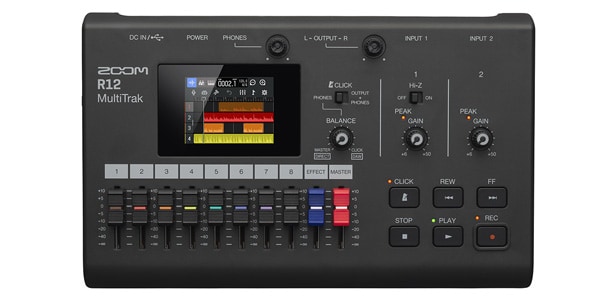
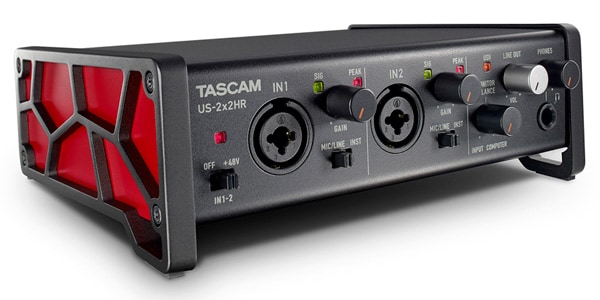
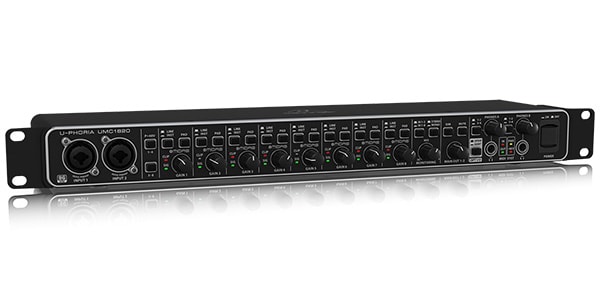




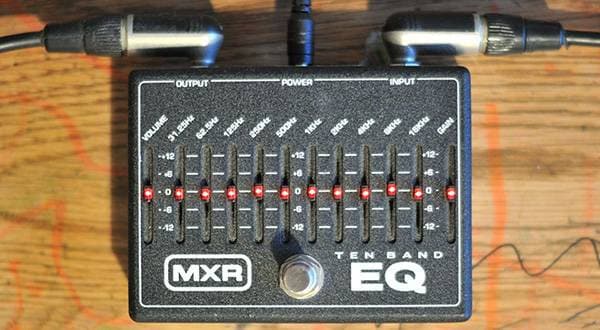
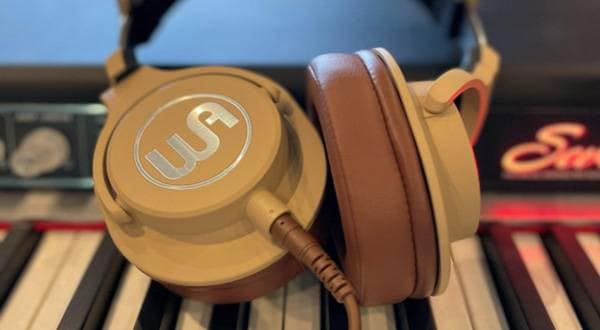

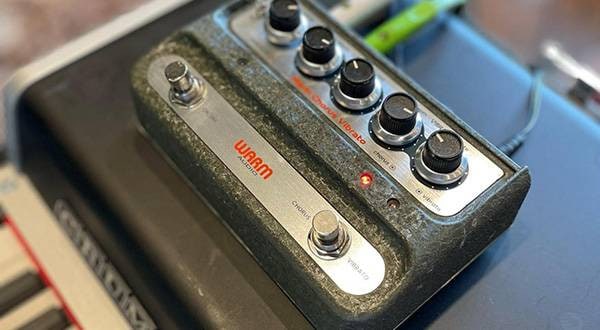
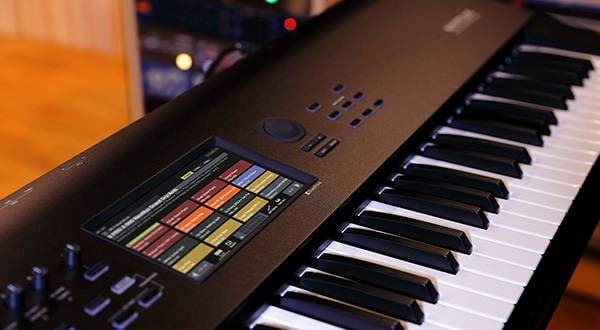
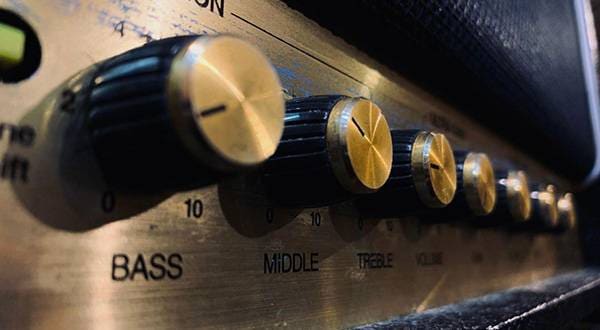
![[2023 Edition] Top 5 Recommended Popular Multitrack Recorders](/contents/uploads/thumbs/2/2023/7/20230713_2_23312_1.jpg)
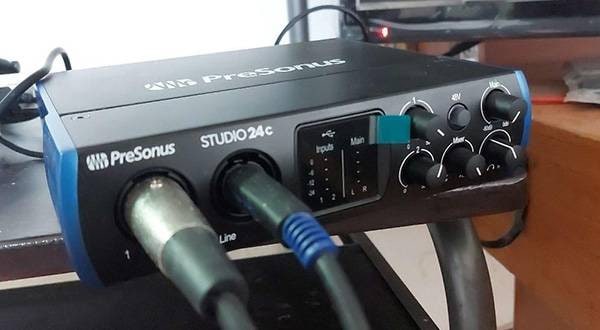
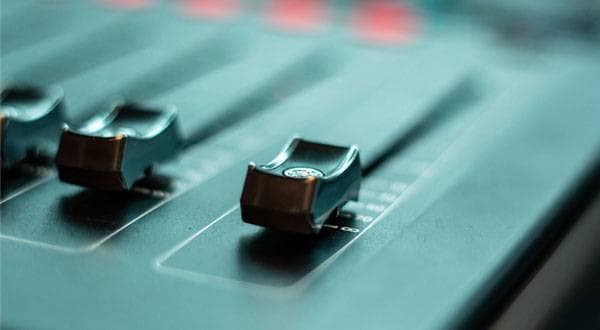

![[For beginners!] Choose an audio interface one rank higher](/contents/uploads/thumbs/2/2020/7/20200702_2_10515_1.jpg)
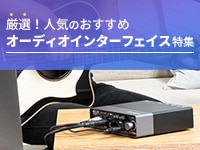 厳選!人気のおすすめオーディオインターフェイス特集
厳選!人気のおすすめオーディオインターフェイス特集
 ドラム音源に最適なMIDIパッド・コントローラー
ドラム音源に最適なMIDIパッド・コントローラー
 機能で選ぶ オーディオインターフェイス
機能で選ぶ オーディオインターフェイス
 UR-RT4 ソフト音源やループ素材をリアンプ
UR-RT4 ソフト音源やループ素材をリアンプ
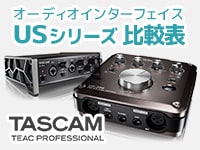 TASCAMオーディオインターフェイス USシリーズ比較表
TASCAMオーディオインターフェイス USシリーズ比較表
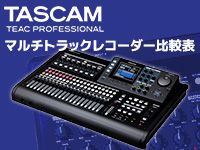 TASCAMマルチトラックレコーダー 比較表
TASCAMマルチトラックレコーダー 比較表
